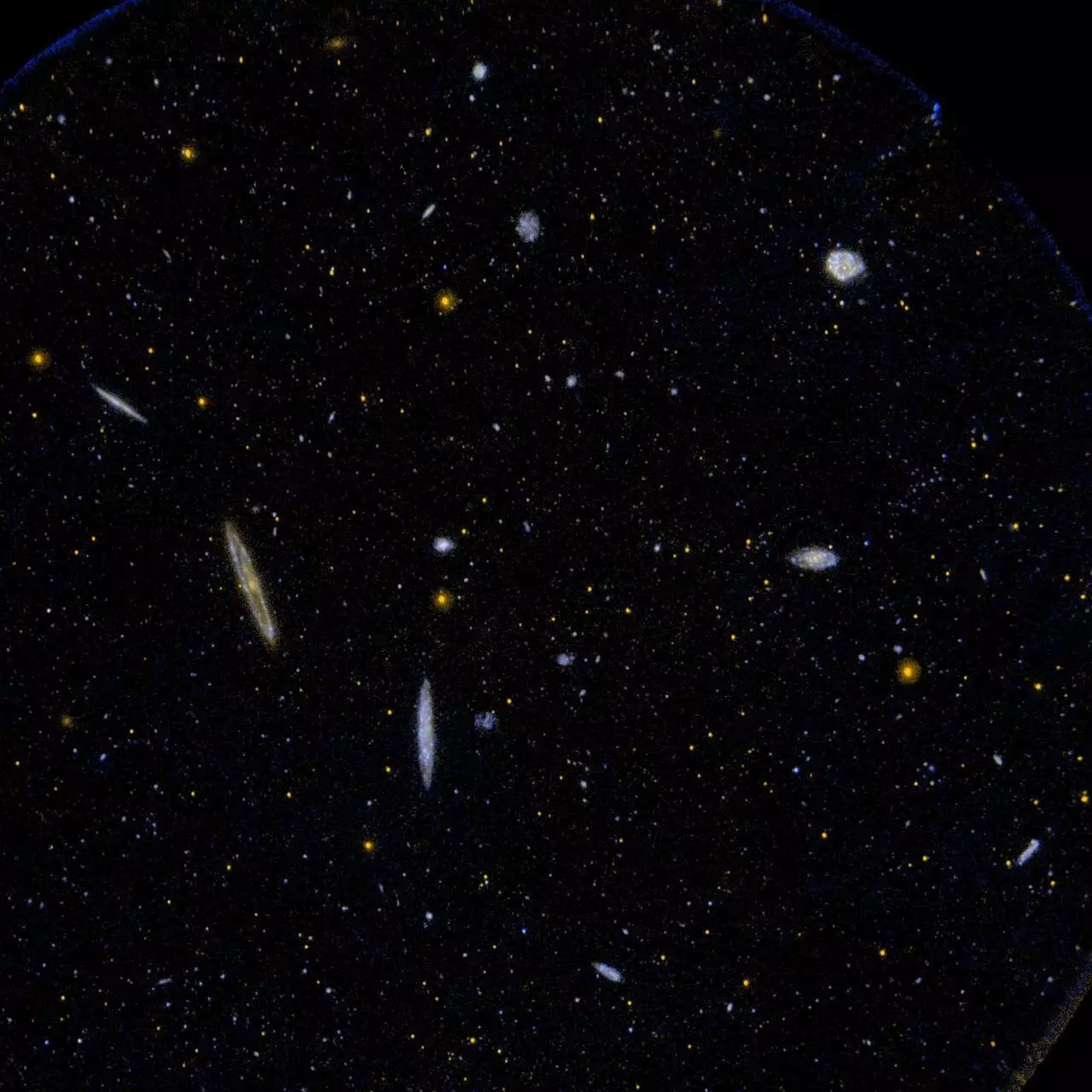Recent research has thrown a spotlight on an intriguing aspect of the universe’s formation, stirring debates among physicists about the necessity for new physics. The findings from a collaborative study involving Southern Methodist University (SMU) and three other prestigious institutions challenge established notions about cosmic evolution and could reshape the curriculum taught in physics classrooms globally. This fresh exploration emphasizes the dynamic nature of scientific inquiry and the potential for transformative discoveries that challenge existing paradigms.
A significant tool utilized in this investigation was the Dark Energy Spectroscopic Instrument (DESI), which is producing a comprehensive three-dimensional map of the universe. By integrating the advanced computational powers offered by SMU, researchers were able to analyze data in unprecedented detail. Joel Meyers, an associate professor at SMU, highlighted the importance of this data in uncovering phenomena that diverge from previous expectations. The precision measurements from DESI, especially regarding baryonic acoustic oscillations, have led to the development of a new framework for calculating the absolute mass scale of neutrinos—one of the universe’s most elusive subatomic particles.
Neutrinos, while plentiful, remain an enigma, and understanding their mass is crucial for unveiling the workings of the cosmos. Traditionally, neutrinos were believed to inhibit the clustering of matter during the universe’s evolution, a hypothesis supported by theoretical models. However, as Meyers points out, the latest findings suggest that matter is clustering more than anticipated, throwing a wrench into long-standing theories.
The implications of enhanced matter clustering raise critical questions about the validity of the Standard Model of particle physics, which has long served as the foundational framework for understanding matter interactions. This model, taught to countless students, may require revisions or even significant modifications. In their analysis, Meyers and his team explored several scenarios. They considered whether adjustments to the Standard Model could explain the differences observed in the data, or whether these discrepancies indicate a burgeoning need for novel physical concepts altogether.
Importantly, understanding these phenomena is not merely an academic exercise; it holds profound implications for our grasp of the universe’s mechanics and evolution. The emergence of issues such as “Hubble tension,” which reflects inconsistencies in measurements of the expansion rate of the universe, points to a collective realization within the scientific community—that our comprehension might be limited or flawed.
The quest to understand the enhanced clustering of matter is not just a matter of analysis; it embodies the quintessential nature of scientific progress—questioning, exploring, and adapting. As researchers delve deeper into the implications of their findings, whether they indicate a need for new physics or reveal systematic measurement errors, the determination to unearth the underlying truths remains steadfast.
The timeline for definitive conclusions may stretch over several years. However, the groundwork laid by this investigation serves as a crucial reference for future endeavors in cosmology. The potential shifts it suggests in our understanding of fundamental physics could open new avenues of inquiry and experimentation.
This study underscores the importance of maintaining an open-minded perspective in scientific research. The cosmos is a vast and complex frontier, rich with puzzles that often defy conventional wisdom. As we push the boundaries of our understanding, the prospect of rewriting chapters in the story of the universe becomes ever more tangible.
Scientific advancement inherently involves recalibrating our models in light of new evidence. As physicists grapple with these compelling revelations regarding neutrinos and cosmic structure, the invitation for future researchers is clear: continue to question, explore, and strive for a more profound understanding of the universe we inhabit. The pursuit of knowledge is timeless, and the answers might illuminate not just our universe, but the fundamental principles that govern reality itself.

